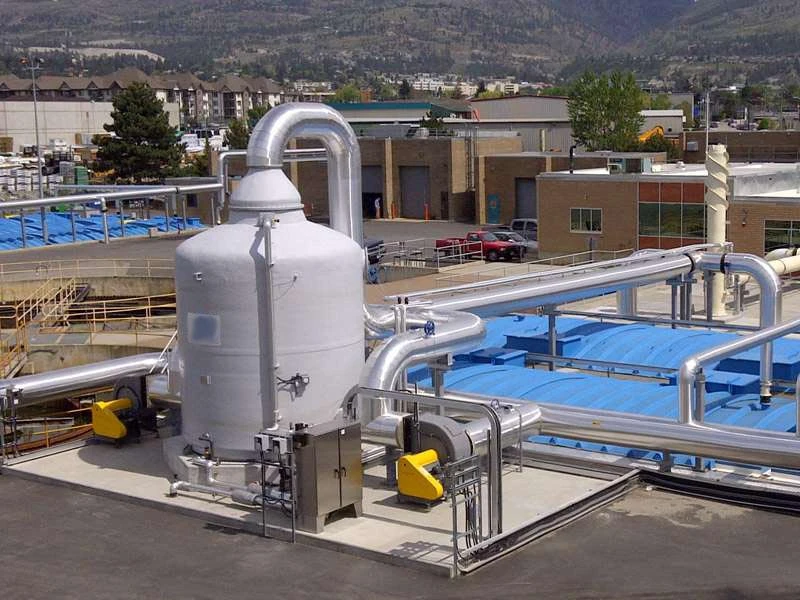
-
 Afrikaans
Afrikaans -
 Albanian
Albanian -
 Amharic
Amharic -
 Arabic
Arabic -
 Armenian
Armenian -
 Azerbaijani
Azerbaijani -
 Basque
Basque -
 Belarusian
Belarusian -
 Bengali
Bengali -
 Bosnian
Bosnian -
 Bulgarian
Bulgarian -
 Catalan
Catalan -
 Cebuano
Cebuano -
 China
China -
 China (Taiwan)
China (Taiwan) -
 Corsican
Corsican -
 Croatian
Croatian -
 Czech
Czech -
 Danish
Danish -
 Dutch
Dutch -
 English
English -
 Esperanto
Esperanto -
 Estonian
Estonian -
 Finnish
Finnish -
 French
French -
 Frisian
Frisian -
 Galician
Galician -
 Georgian
Georgian -
 German
German -
 Greek
Greek -
 Gujarati
Gujarati -
 Haitian Creole
Haitian Creole -
 hausa
hausa -
 hawaiian
hawaiian -
 Hebrew
Hebrew -
 Hindi
Hindi -
 Miao
Miao -
 Hungarian
Hungarian -
 Icelandic
Icelandic -
 igbo
igbo -
 Indonesian
Indonesian -
 irish
irish -
 Italian
Italian -
 Japanese
Japanese -
 Javanese
Javanese -
 Kannada
Kannada -
 kazakh
kazakh -
 Khmer
Khmer -
 Rwandese
Rwandese -
 Korean
Korean -
 Kurdish
Kurdish -
 Kyrgyz
Kyrgyz -
 Lao
Lao -
 Latin
Latin -
 Latvian
Latvian -
 Lithuanian
Lithuanian -
 Luxembourgish
Luxembourgish -
 Macedonian
Macedonian -
 Malgashi
Malgashi -
 Malay
Malay -
 Malayalam
Malayalam -
 Maltese
Maltese -
 Maori
Maori -
 Marathi
Marathi -
 Mongolian
Mongolian -
 Myanmar
Myanmar -
 Nepali
Nepali -
 Norwegian
Norwegian -
 Norwegian
Norwegian -
 Occitan
Occitan -
 Pashto
Pashto -
 Persian
Persian -
 Polish
Polish -
 Portuguese
Portuguese -
 Punjabi
Punjabi -
 Romanian
Romanian -
 Russian
Russian -
 Samoan
Samoan -
 Scottish Gaelic
Scottish Gaelic -
 Serbian
Serbian -
 Sesotho
Sesotho -
 Shona
Shona -
 Sindhi
Sindhi -
 Sinhala
Sinhala -
 Slovak
Slovak -
 Slovenian
Slovenian -
 Somali
Somali -
 Spanish
Spanish -
 Sundanese
Sundanese -
 Swahili
Swahili -
 Swedish
Swedish -
 Tagalog
Tagalog -
 Tajik
Tajik -
 Tamil
Tamil -
 Tatar
Tatar -
 Telugu
Telugu -
 Thai
Thai -
 Turkish
Turkish -
 Turkmen
Turkmen -
 Ukrainian
Ukrainian -
 Urdu
Urdu -
 Uighur
Uighur -
 Uzbek
Uzbek -
 Vietnamese
Vietnamese -
 Welsh
Welsh -
 Bantu
Bantu -
 Yiddish
Yiddish -
 Yoruba
Yoruba -
 Zulu
Zulu
fiberglass settler
Understanding Fiberglass Settlers An Overview
Fiberglass settlers are an innovative solution used in various industries for the separation and clarification of liquids. These systems are increasingly favored for their durability, efficiency, and versatility compared to traditional materials. Fiberglass, a composite material made from fine glass fibers and resin, offers several properties that make it particularly suitable for settler applications.
What is a Fiberglass Settler?
A fiberglass settler is essentially a tank or vessel designed to facilitate the separation of solid particles from liquids. This process, often referred to as sedimentation, occurs when gravity causes heavier particles to settle at the bottom, allowing cleaner liquid to rise to the top. Fiberglass settlers are commonly used in wastewater treatment, chemical processing, and mining industries, among others.
Advantages of Fiberglass Settlers
One of the primary advantages of fiberglass settlers is their resistance to corrosion. Traditional materials such as steel or concrete are often prone to rust or chemical degradation, especially when exposed to harsh environments or aggressive chemicals. Fiberglass, however, exhibits exceptional chemical resistance, making it an ideal choice for applications where corrosive substances are present.
Additionally, fiberglass settlers are lightweight compared to their metal or concrete counterparts. This property facilitates easier transportation, installation, and maintenance. Their lightweight nature allows for reduced structural support requirements, which can lead to cost savings during installation.
Another significant advantage is the design flexibility that fiberglass offers. Manufacturers can create fiberglass settlers in a variety of shapes and sizes to suit specific operational needs and spatial constraints. This customization ensures optimal performance based on the unique characteristics of the fluids being processed.
fiberglass settler

Performance and Efficiency
When it comes to performance, fiberglass settlers have demonstrated remarkable efficiency in liquid-solid separation. The internal design of these settlers can include features like baffling systems, which enhance flow distribution and minimize turbulence. This design consideration allows for more effective sedimentation and maximizes the quality of the separated liquid.
In addition, fiberglass settlers can require less energy input compared to conventional systems. Given that the separation process relies heavily on gravitational forces, operational costs can be significantly reduced. The reduced need for mechanical agitation further enhances energy efficiency, making fiberglass settlers an environmentally friendly option.
Applications of Fiberglass Settlers
Fiberglass settlers find widespread applications in wastewater treatment plants, where they play a crucial role in clarifying treated water before it is released into the environment. In the mining industry, they assist in the separation of valuable minerals from slurry. Chemical processing facilities utilize these systems for the clarification of process streams, ensuring product purity.
Conclusion
In summary, fiberglass settlers represent a modern approach to liquid-solid separation, offering numerous advantages over traditional materials. Their resistance to corrosion, lightweight nature, and design flexibility make them highly effective and efficient solutions for a variety of applications. As industries continue to seek sustainable and reliable technologies, fiberglass settlers are likely to play an increasingly prominent role in achieving operational excellence and environmental compliance. Their capabilities ensure they remain at the forefront of innovative separation technologies, contributing to more efficient and sustainable industrial processes.









